
Supercharge your lead generation with a FREE Google Ads audit - no strings attached! See how you can generate more and higher quality leads
Get My Free Google Ads AuditFree consultation

No commitment
Supercharge your lead generation with a FREE LinkedIn Ads audit - no strings attached! See how you can generate more and higher quality leads
Get My Free Google Ads AuditFree consultation

No commitment
Supercharge your lead generation with a FREE Meta Ads audit - no strings attached! See how you can generate more and higher quality leads
Get My Free Google Ads AuditGet My Free LinkedIn Ads AuditGet My Free Meta Ads AuditFree consultation

No commitment
Supercharge your lead generation with a FREE Google Ads audit - no strings attached! See how you can generate more and higher quality leads
Get My Free Google Ads AuditFree consultation

No commitment
In today's complex marketing landscape, effective B2B marketing requires a strategic mix of both online and offline channels working in concert. Online platforms like Google Ads offer signage store businesses a powerful opportunity to intercept potential buyers right at the point of need. With many high-value prospects often not captured due to gaps in CRM data, leveraging advanced visitor identification tools can ensure that your ad spend targets qualified leads. Google Ads can bridge the gap between broader awareness efforts and your sales process, allowing signage stores to align digital and physical marketing strategies to target decision-makers precisely when they search for signage solutions. Use these insights to capture high-intent prospects actively searching for solutions, and track interactions from clicks to conversions. By doing so, you can measure ROI completely, helping you to optimize marketing efforts in real-time.

Signage stores face unique challenges in capturing and converting high-intent buyers, especially given the specialized nature of their products and the competitive landscape of digital marketing for signage stores. A data-driven Google Ads strategy provides measurable pathways to reach high-value prospects actively searching for signage solutions, while minimizing wasted spend on low-converting audiences.
The following framework details how signage store marketers can leverage Google Ads for signage business growth using targeted audience segmentation, conversion-optimized landing pages, accurate performance attribution, and seamless integration with broader marketing channels. Effective use of these tactics increases the likelihood of moving buyers from initial interest to store visits or direct purchases, supporting sustainable customer acquisition and long-term ROI.
Ready to streamline your signage store lead generation? Get started for free with Sona.
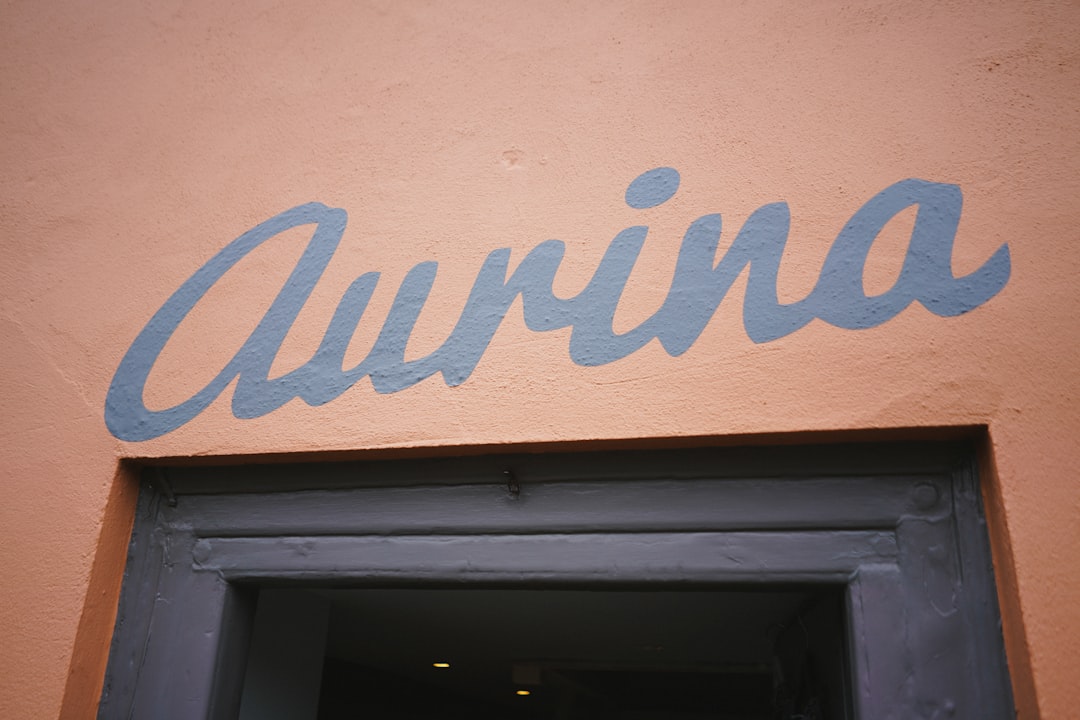
Google Ads unlocks direct access to decision-makers searching for signage solutions at the moment they declare intent. By precisely targeting business managers and procurement leads, signage stores can intercept high-value prospects as they research options, ensuring their brand stands out when buyers are ready to act. For an overview of how Google Ads supports business growth, explore Google Ads solutions for businesses.
Securing new, high-margin signage projects often requires visibility into anonymous website traffic that email campaigns and organic marketing can miss. With Sona Identification, marketers can pinpoint not only the companies behind inbound interest but also dynamically adapt bids and messaging based on real-time intent signals—empowering teams to focus budgets on the most likely converters.
Seasonal demand spikes or product launches can overwhelm traditional digital marketing for signage stores. Google Ads delivers rapid, measurable results during these periods, allowing campaigns to capture engagement even if visitors do not submit forms immediately. Through online and offline attribution, teams can measure the true impact of their signage store PPC campaigns and optimize spend for maximum ROI.
Regional and local signage store marketing often suffers from inconsistent messaging and wasted impressions across channels. Google Ads’ precision targeting ensures consistent brand presence in priority markets, reaching both online researchers and local buyers. When enriched audience data and CRM segments sync seamlessly into ad platforms, signage store customer acquisition strategies stay aligned, effective, and data-driven. Want to see this in action? Get started for free with Sona.
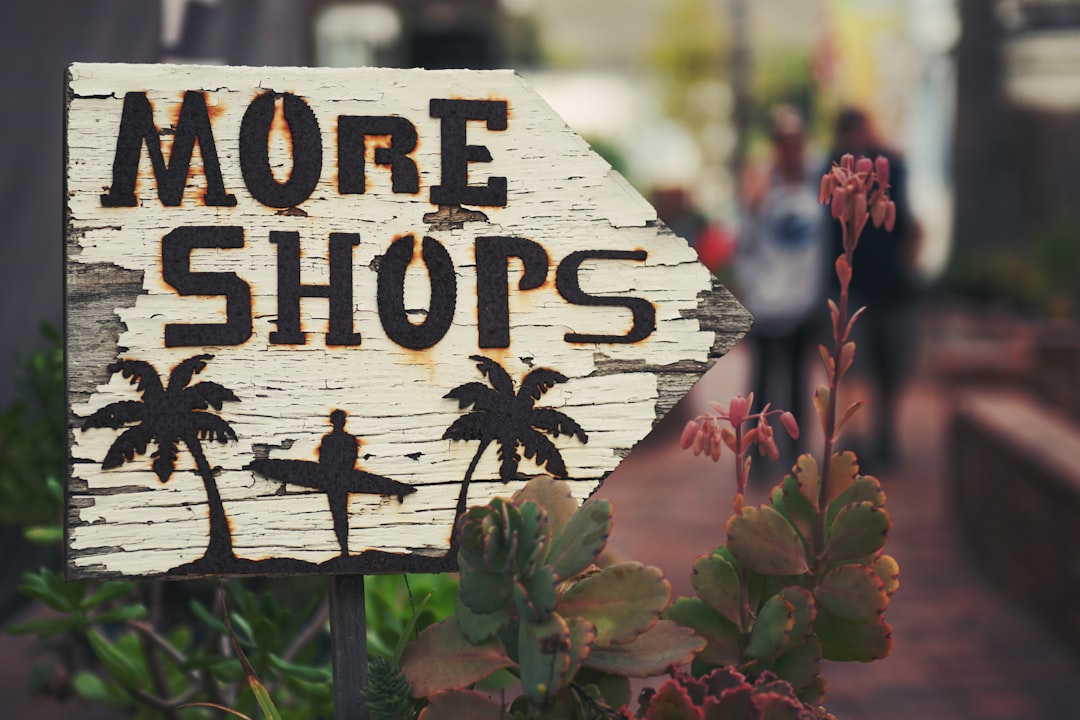
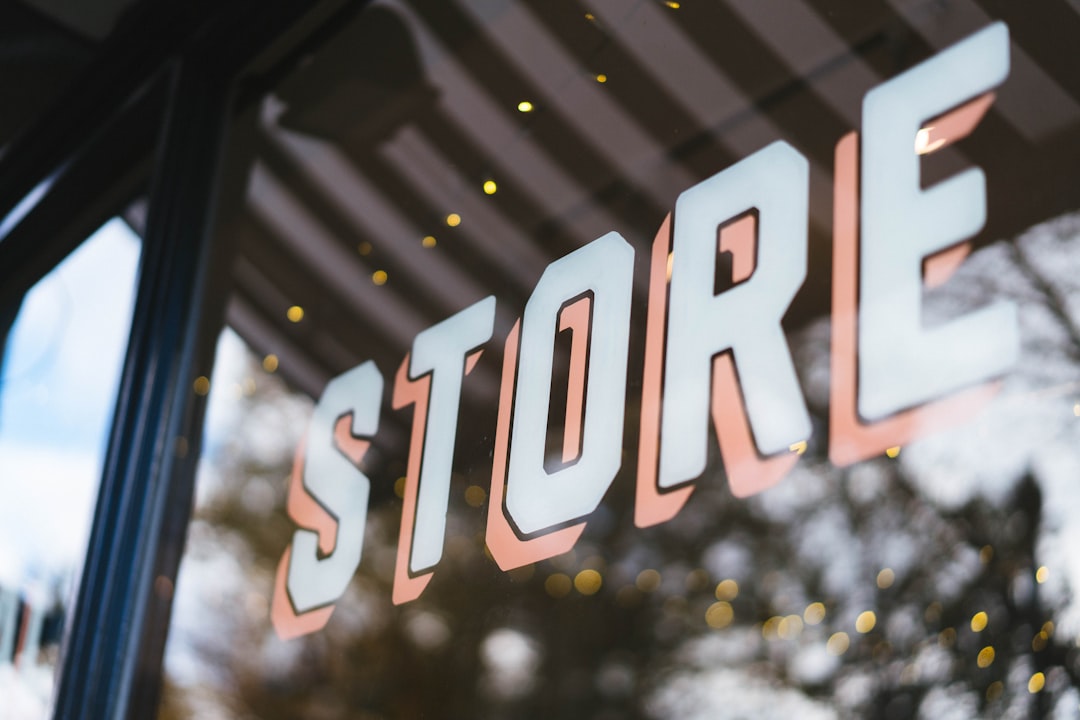
Signage stores operating in a crowded online environment must continually identify new growth avenues to stay competitive and boost their return on ad spend. Effective digital marketing for signage stores demands a precise blend of targeting, analysis, and engagement, allowing teams to maximize every advertising dollar and convert high-intent visitors into loyal customers.
Ready to uncover new growth channels for your signage store? Get started for free with Sona.
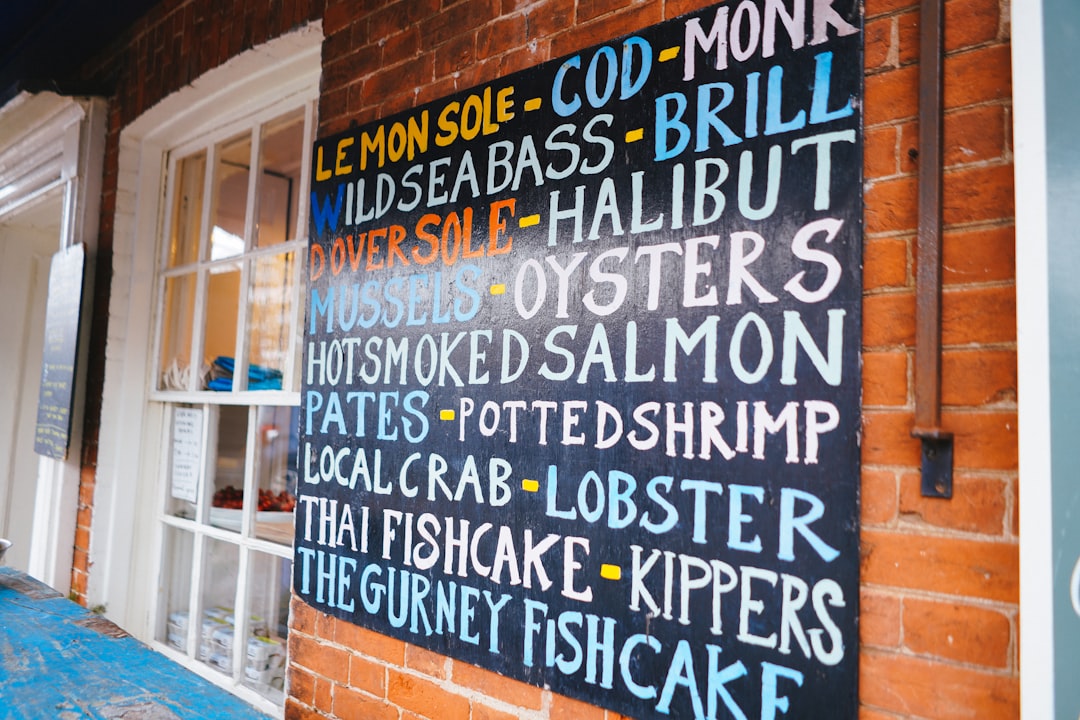
Audience segmentation is essential for signage store marketers aiming to reach high-value prospects and optimize advertising spend. By aligning segmentation with the customer journey, each touchpoint is tailored to the needs and behaviors of target audiences, increasing the likelihood of conversion. For guidance on building effective segmentation strategies, explore our actionable playbooks for marketers.
Ready to optimize your segmentation and drive more leads? Get started for free with Sona.
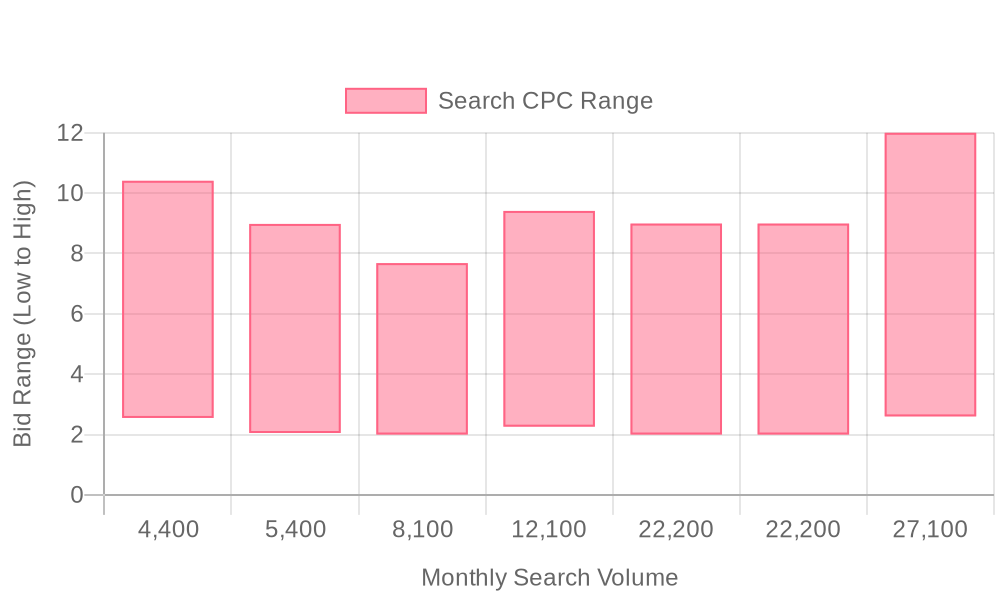
| Industry | Keyword | Monthly Search Volume | Competition Level | Low Bid | High Bid |
| Signage Store | signage store | 4400 | HIGH | 2.55 | 10.41 |
| Signage Store | business yard signs | 5400 | HIGH | 2.05 | 8.98 |
| Signage Store | custom business signs | 8100 | HIGH | 2 | 7.68 |
| Signage Store | business signs outdoor | 12100 | HIGH | 2.26 | 9.41 |
| Signage Store | sign shop near me | 22200 | HIGH | 2 | 8.99 |
| Signage Store | sign store near me | 22200 | HIGH | 2 | 8.99 |
| Signage Store | business signs near me | 27100 | MEDIUM | 2.6 | 12 |
A focused keyword strategy is essential for signage stores aiming to attract high-value leads and drive measurable outcomes from digital campaigns. By targeting specific search terms, signage businesses can reach buyers actively seeking solutions and ensure ad spend delivers quantifiable returns. For a deeper dive into digital marketing techniques, explore our latest marketing analytics content.
This approach to keyword selection empowers signage stores to align Google Ads with business goals, boost qualified lead flow, and improve ROI through smarter, data-driven targeting. For additional strategies that complement keyword targeting, review guidance on retargeting strategies. Ready to transform your signage store’s digital marketing? Get started for free with Sona.
A structured approach to digital marketing ensures signage businesses capture high-intent buyers and maximize ROI. By leveraging granular targeting, messaging, and data-driven optimizations, signage stores can consistently outperform competitors in both lead generation and conversion efficiency. For more insights on optimizing digital marketing performance, explore our marketing analytics blog.
Effective Google Ads for signage stores begin with strategic keyword clustering. Organize keywords by service type—such as custom banners, storefront signs, vehicle wraps—then localize with precise geographic modifiers. This method intercepts decision-makers searching for specific signage solutions in their area, increasing the relevance of every click. Real-time account-level data, such as in-market behavior, allows for ongoing keyword refinement to match shifting local demand and buyer intent.
Platforms that unify CRM and web analytics enable marketers to go beyond anonymous traffic by identifying website visitors, including which companies and verticals are already engaging. With this insight, signage store PPC campaigns can prioritize spend on high-fit prospects, ensuring budgets focus on the segments most likely to convert. Learn more about Google Ads and its solutions for businesses looking to drive online leads and sales via the Google Ads overview.
Ad copy must speak directly to the needs and stages of the signage store buyer’s journey. Highlight unique selling propositions, such as rapid turnaround, eco-friendly materials, or professional installation, to differentiate from generic offerings. Include strong calls-to-action and incentives—like free design consultations or limited-time discounts—to increase response rates among both new and returning prospects. For practical examples, see our lead generation playbooks.
Dynamic audience data ensures messaging aligns with audience segments as they progress from awareness to decision. When synced with CRM and intent signals, marketers can automatically adjust ad copy for repeat visitors or nurture leads with tailored offers, driving higher engagement and accelerating the path to purchase.
Every ad click should lead to a landing page that mirrors the user’s original search intent. For example, searches for “custom outdoor signs near me” must land on pages showcasing relevant solutions, local testimonials, and a frictionless quote form. Optimized landing pages reduce drop-off rates and increase demo or estimate requests by streamlining the user journey.
Integrated tracking and visitor identification allow marketers to attribute each lead to its source, including both online and offline conversions. This unified view supports rapid testing of layouts, offers, and content, enabling signage stores to continuously refine landing experiences based on real conversion data, not assumptions. If you want to see how Sona can streamline your digital marketing, get started for free with Sona.
Automated bidding strategies, powered by real-time data, maximize visibility among high-fit signage buyers while controlling costs. By monitoring which audiences, keywords, and creatives drive store visits or quote requests, signage stores can dynamically shift budget to the best-performing segments. Addressing inconsistencies in audience quality or conversion tracking ensures resources are always allocated for optimal ROI.
Advanced conversion tracking across all channels—including in-store visits and sales—provides a complete picture of customer acquisition. When enriched audience and lead data sync seamlessly with Google Ads and CRM platforms, signage businesses eliminate attribution gaps and gain actionable insights to improve every stage of their PPC efforts. This approach keeps digital marketing for signage stores agile, measurable, and directly tied to revenue outcomes.
Signage stores can accelerate growth by layering advanced digital tactics onto their marketing mix, focusing on both audience expansion and higher-value engagement. Strategies that combine educational content, precise targeting, and real-time data synchronization create a foundation for sustainable, measurable customer acquisition.
Effective Google Ads execution for signage stores relies on unifying fragmented go-to-market data, enabling marketers to recognize both anonymous and known visitors engaging with ads. By leveraging tools that provide real-time intent signals and advanced attribution, you can optimize budgets toward high-converting segments, elevate Google Ads ROI for signage stores, and ensure digital marketing investments drive tangible business growth. Connected data workflows reduce friction between platforms, making every campaign more efficient and actionable for revenue teams. Ready to see measurable results? Get started for free with Sona.
In conclusion, mastering Google Ads for your signage store is a strategic move that can significantly enhance your business's visibility and drive sales growth. By understanding the nuances of targeting, ad creatives, and budget management, you position your store to attract the right customers at the right time, both online and offline.
Throughout this exploration, we've tackled essential aspects such as keyword research, crafting compelling ad copy, and leveraging location-based targeting to maximize your ad spend. These strategies are designed to address the unique challenges of promoting a signage store, ensuring that your efforts translate into tangible results.
Embracing these approaches not only opens up new avenues for customer engagement but also empowers you to stand out in a competitive market. With the right tools and insights, you're well-equipped to transform your advertising efforts into a powerful growth engine for your business.
To truly elevate your advertising strategy and harness the full potential of unified go-to-market data, start for free to experience our platform and its capabilities today.
To set up Google Ads for your signage store, start by building targeted keyword lists, develop compelling ad copy, design effective landing pages, and implement data-driven optimizations. This ensures you reach high-intent buyers and maximize ROI.
Best practices include precise keyword targeting, audience segmentation, aligning landing pages with ad copy, applying performance optimization tactics, and integrating cross-channel methods for comprehensive marketing.
Google Ads can increase foot traffic by targeting local customers and decision-makers precisely when they search for signage solutions, ensuring your store stands out at the moment of intent.
The budget should focus on high-conversion opportunities by prioritizing spend on high-fit prospects using precise targeting and audience segmentation to ensure resources are allocated for optimal ROI.
Effectiveness can be tracked through granular tracking of online and offline conversions, advanced attribution models, and real-time engagement signals to measure which channels and keywords drive store visits and sales.
Creative ways include using video ads to demonstrate installation, remarketing to re-engage visitors, and using ad extensions to create richer ads that prompt local action.
Target local customers by executing keyword strategies with location-based modifiers and using hyper-local targeting to align messaging with regional preferences and events.
Yes, Google Ads can help by intercepting high-intent prospects actively searching for solutions and aligning digital marketing strategies to target decision-makers precisely when they search for signage solutions.
ROI is measured by tracking conversions from clicks to sales, applying performance optimization tactics, and integrating advanced attribution models to ensure marketing efforts are optimized in real-time.
Join results-focused teams combining Sona Platform automation with advanced Google Ads strategies to scale lead generation

Connect your existing CRM

Free Account Enrichment

No setup fees
No commitment required

Free consultation

Get a custom Google Ads roadmap for your business
Join results-focused teams combining Sona Platform automation with advanced Meta Ads strategies to scale lead generation

Connect your existing CRM

Free Account Enrichment

No setup fees
No commitment required

Free consultation

Get a custom Google Ads roadmap for your business
Join results-focused teams combining Sona Platform automation with advanced LinkedIn Ads strategies to scale lead generation

Connect your existing CRM

Free Account Enrichment

No setup fees
No commitment required

Free consultation

Get a custom Google Ads roadmap for your business
Join results-focused teams using Sona Platform automation to activate unified sales and marketing data, maximize ROI on marketing investments, and drive measurable growth

Connect your existing CRM

Free Account Enrichment

No setup fees
No commitment required

Free consultation

Get a custom Google Ads roadmap for your business
Over 500+ auto detailing businesses trust our platform to grow their revenue
Join results-focused teams using Sona Platform automation to activate unified sales and marketing data, maximize ROI on marketing investments, and drive measurable growth

Connect your existing CRM

Free Account Enrichment

No setup fees
No commitment required

Free consultation

Get a custom Google Ads roadmap for your business
Over 500+ auto detailing businesses trust our platform to grow their revenue
Join results-focused teams using Sona Platform automation to activate unified sales and marketing data, maximize ROI on marketing investments, and drive measurable growth

Connect your existing CRM

Free Account Enrichment

No setup fees
No commitment required

Free consultation

Get a custom Google Ads roadmap for your business
Over 500+ auto detailing businesses trust our platform to grow their revenue
Our team of experts can implement your Google Ads campaigns, then show you how Sona helps you manage exceptional campaign performance and sales.
Schedule your FREE 15-minute strategy sessionOur team of experts can implement your Meta Ads campaigns, then show you how Sona helps you manage exceptional campaign performance and sales.
Schedule your FREE 15-minute strategy sessionOur team of experts can implement your LinkedIn Ads campaigns, then show you how Sona helps you manage exceptional campaign performance and sales.
Schedule your FREE 15-minute strategy sessionOur team of experts can help improve your demand generation strategy, and can show you how advanced attribution and data activation can help you realize more opportunities and improve sales performance.
Schedule your FREE 30-minute strategy sessionOur team of experts can help improve your demand generation strategy, and can show you how advanced attribution and data activation can help you realize more opportunities and improve sales performance.
Schedule your FREE 30-minute strategy sessionOur team of experts can help improve your demand generation strategy, and can show you how advanced attribution and data activation can help you realize more opportunities and improve sales performance.
Schedule your FREE 30-minute strategy sessionOur team of experts can help improve your demand generation strategy, and can show you how advanced attribution and data activation can help you realize more opportunities and improve sales performance.
Schedule your FREE 30-minute strategy session





Launch campaigns that generate qualified leads in 30 days or less.
